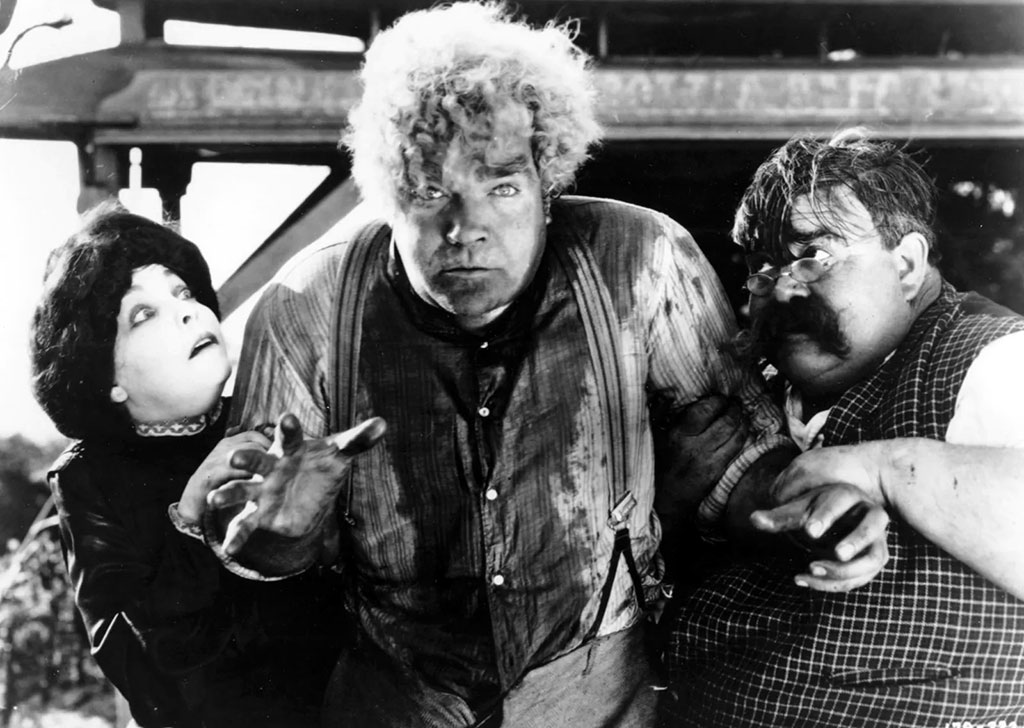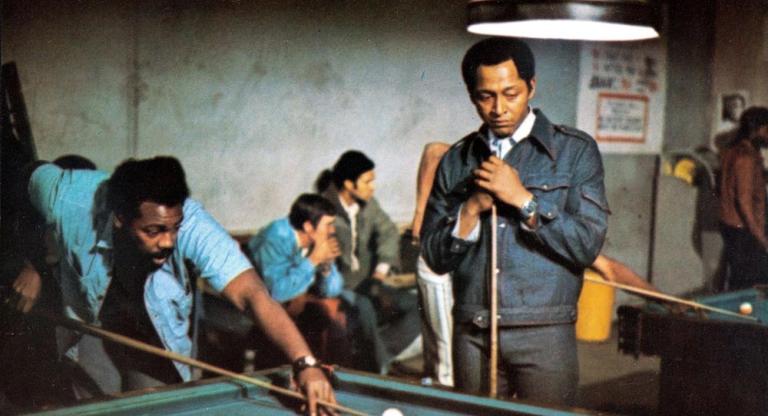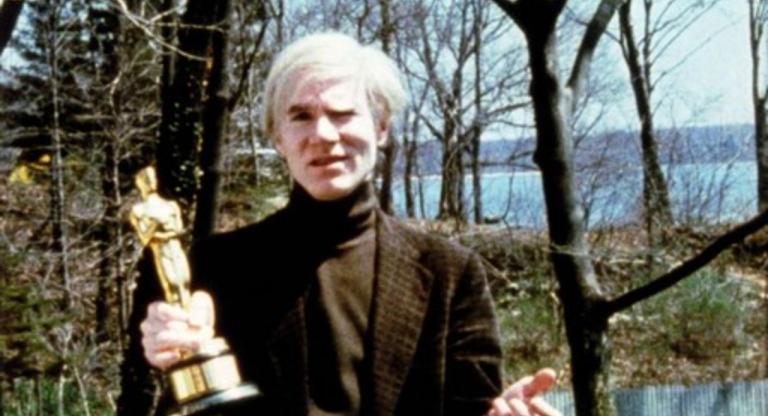Adapted from Frank Norriss’s McTeague, Erich von Stroheim’s Greed (1924) reflects the pinnacle of ego and aspiration needed to render a film fantastic in early Hollywood, a site hungry to assert itself as a dream factory. The nightmare epic was directed by an Austrian-American filmmaker more familiar to audiences for a string of on-screen heel roles than for how he nudged primordial Hollywood spectacle-making—and its still-turbulent film grammar—into the realm of psychological realism. “I intended to show men and women as they are all over the world, none of them perfect, with their good and bad qualities,” von Stroheim wrote in “A Note on the Script of Greed.” His attempts push a film originally contracted at 8-reels into mythic territory, a hurtling of the novel’s Zola-indebted domestic plot into a 45-reel expanse that is as indebted to Robert Wiene’s expressionism as it is to Charles Chaplin’s pathos.
In 1908, former goldminer and erstwhile dentist John “Mac” McTeague (Gibson Gowland) becomes enamored with Trina (ZaSu Pitts) when his friend, and her fiance, Marcus (Gene Hersholt), brings her to his practice. This triangulation forms the crooked spine of the film and its moves ping melodrama: Trina and Mac elope, Marcus sticks around, and the lottery ticket Trina purchases while waiting for a dentist appointment yields a $5,000 prize that haunts the characters and spectators alike. But von Stroheim’s images and situations—shot by silent-era legends Benjamin Reynolds and William Daniels—vibrate like bees under skin. When Mac first administers ether to operate, the camera frames Trina’s unconscious face like a tempestuous pout and then cuts to Mac leaning in, eyes wheeling and dilating, making it unclear whether he’s going to steal a kiss from an unconscious stranger or take a bite out of her face. He resists the temptation to take what he wants in this early moment, an exercise of control unfathomable two hours later during the film’s grave conclusion.
A note on those two hours: the film dreams of more. Before Greed’s release, von Stroheim orchestrated a series of semi-closed screenings to publicize and protect his full (nine hour and 47-minute cut, according Valentin Mandelstam and Jean Bertin, journalists who allegedly got in the screening room) version of the film against the brutality Universal inflicted on his previous feature, Foolish Wives (1922), by slicing and dicing it out of his control. In a storyline too-common for American filmmakers dreaming beyond the margins of good taste, the factory floor hacked up the aspiration when von Stroheim was fired by Metro-Goldwyn-Mayer’s Head of Production, Irving Thalberg, whose team pared Greed down to its 140-minute theatrical release. Despite efforts to restore the film through a now-familiar Frankenstein integration of production stills, attempts to genuinely articulate a “real version” of Greed are destined to fail—assigning dimensions to a lost object is an exercise in the fallibility of imagined memory.
Greed invites an unfinished quality in its viewing rather than the completion-anxiety that accompanies conceiving of art as an object to be optimized. Its story is that of how capitalism inscribes itself in chaos. Most evocative are von Stroheim’s decisions to jaggedly color tint the film’s gold objects. Glimmers in ink and shadow cinematography, they become a tractor beam of escalating temperatures that drag the spectator straight into Death Valley for a finale that—in a narrative era defined by climatic apocalypse—is all too recognizable a reality, even as it emerges from phantasm cinema.
Greed screens this evening, August 25, at the Museum of the Moving Image on 35mm as part of the series “Silents, Please!” Makia Matsumura will provide live piano accompaniment to the screening.






